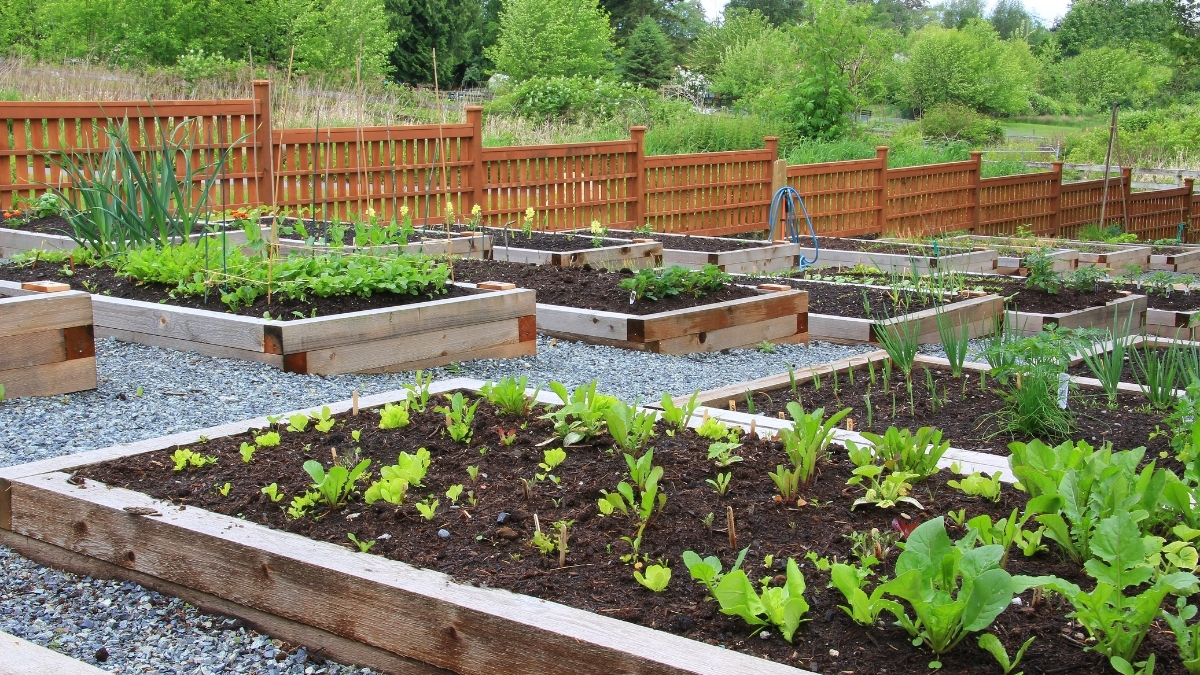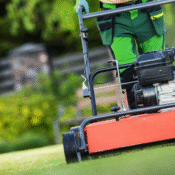
May 8, 2025
The Perfect Garden Layout: Design Tips and Planning Tools for May Planting
As the warmth of May embraces us and the urge to connect with nature blossoms, it’s the ideal time to turn our attention to the garden. Whether you’re a seasoned green thumb or a budding enthusiast, a well-planned garden layout is the foundation for a thriving and beautiful outdoor space.
Did you know
That a thoughtfully designed garden layout can significantly improve plant health by optimizing sunlight exposure, water distribution, and airflow, ultimately leading to higher yields and fewer pest problems? Taking the time to plan is an investment in a more successful and enjoyable gardening experience.
Laying the Groundwork: Essential Garden Design Tips
Before you even think about planting, consider these fundamental design principles to create a harmonious and productive garden:
Call Lawnworkx at 706.620.3544 for more information!
Planning Power: Utilizing Tools for a Perfect Layout
Fortunately, you don't have to rely solely on guesswork when designing your garden. Several helpful tools can streamline the planning process:
Did you know
That a thoughtfully designed garden layout can significantly improve plant health by optimizing sunlight exposure, water distribution, and airflow, ultimately leading to higher yields and fewer pest problems? Taking the time to plan is an investment in a more successful and enjoyable gardening experience.
Laying the Groundwork: Essential Garden Design Tips
Before you even think about planting, consider these fundamental design principles to create a harmonious and productive garden:
- Assess Your Space: Begin by thoroughly evaluating your garden area. Note the amount of sunlight different parts of the garden receive throughout the day (full sun, partial shade, full shade). Understand the soil type (sandy, clay, loamy) and drainage patterns. These factors will heavily influence which plants will thrive in specific locations.
- Define Your Goals: What do you want to achieve with your garden? Is it primarily for growing vegetables, creating a beautiful flower display, attracting pollinators, or a combination of these? Clearly defining your goals will help you prioritize space and plant selection.
- Consider Functionality: Think about how you will use your garden. Will you need pathways for easy access and maintenance? Do you want a seating area to enjoy your green oasis? Incorporate these functional elements into your design from the outset.
- Embrace Verticality: If space is limited, or even if it isn't, consider incorporating vertical gardening techniques. Trellises for climbing plants like tomatoes and beans, stacked planters for herbs and strawberries, and wall-mounted containers can maximize your growing area and add visual interest.
- Think in Layers: Create visual depth and optimize sunlight by planting taller plants towards the back of your beds and shorter ones in the front. This ensures all plants receive adequate light and creates an aesthetically pleasing layered effect.
- Companion Planting: Research beneficial plant pairings. Certain plants can deter pests, attract pollinators, or even improve the growth of their neighbors. Incorporating companion planting into your layout can enhance the health and productivity of your garden naturally.
- Watering Considerations: Plan your layout with watering needs in mind. Group plants with similar water requirements together to ensure efficient watering and prevent over or under-watering. Consider installing soaker hoses or drip irrigation for targeted watering.
- Allow for Growth: Remember that seedlings will mature into larger plants. Space your plants according to their mature size to prevent overcrowding, which can hinder growth and increase the risk of disease.
Call Lawnworkx at 706.620.3544 for more information!
Planning Power: Utilizing Tools for a Perfect Layout
Fortunately, you don't have to rely solely on guesswork when designing your garden. Several helpful tools can streamline the planning process:
- Graph Paper and Pencil: A simple yet effective method for sketching out your garden layout. Use squares to represent specific measurements and visualize plant placement.
- Garden Planning Software and Apps: Numerous digital tools are available that allow you to create virtual garden layouts. These often include features like plant libraries with growth information, drag-and-drop functionality, and the ability to track sunlight patterns. Popular options include Garden Planner, Smart Gardener, and Planter.
- Online Garden Layout Templates: Many websites offer free or paid garden layout templates for various garden types (vegetable, herb, flower). These can provide a starting point for your design and can be customized to fit your space.
- String and Stakes: Once you have a basic plan, use string and stakes in your actual garden space to visualize the boundaries of your beds and pathways. This helps you get a feel for the scale and flow of your design.
- Measuring Tape: Essential for accurately measuring your garden area and ensuring proper spacing between plants and features.
- Plant Markers: Use plant markers to label where you intend to plant specific varieties. This helps you stay organized during the planting process.
Recent Posts
Contemporary Media Group, LLC
Simple Lawn Maintenance for a Tidy Thanksgiving Yard
Contemporary Media Group, LLC
Garden Planning with Lawn Care Strategies This October?
Contemporary Media Group, LLC




